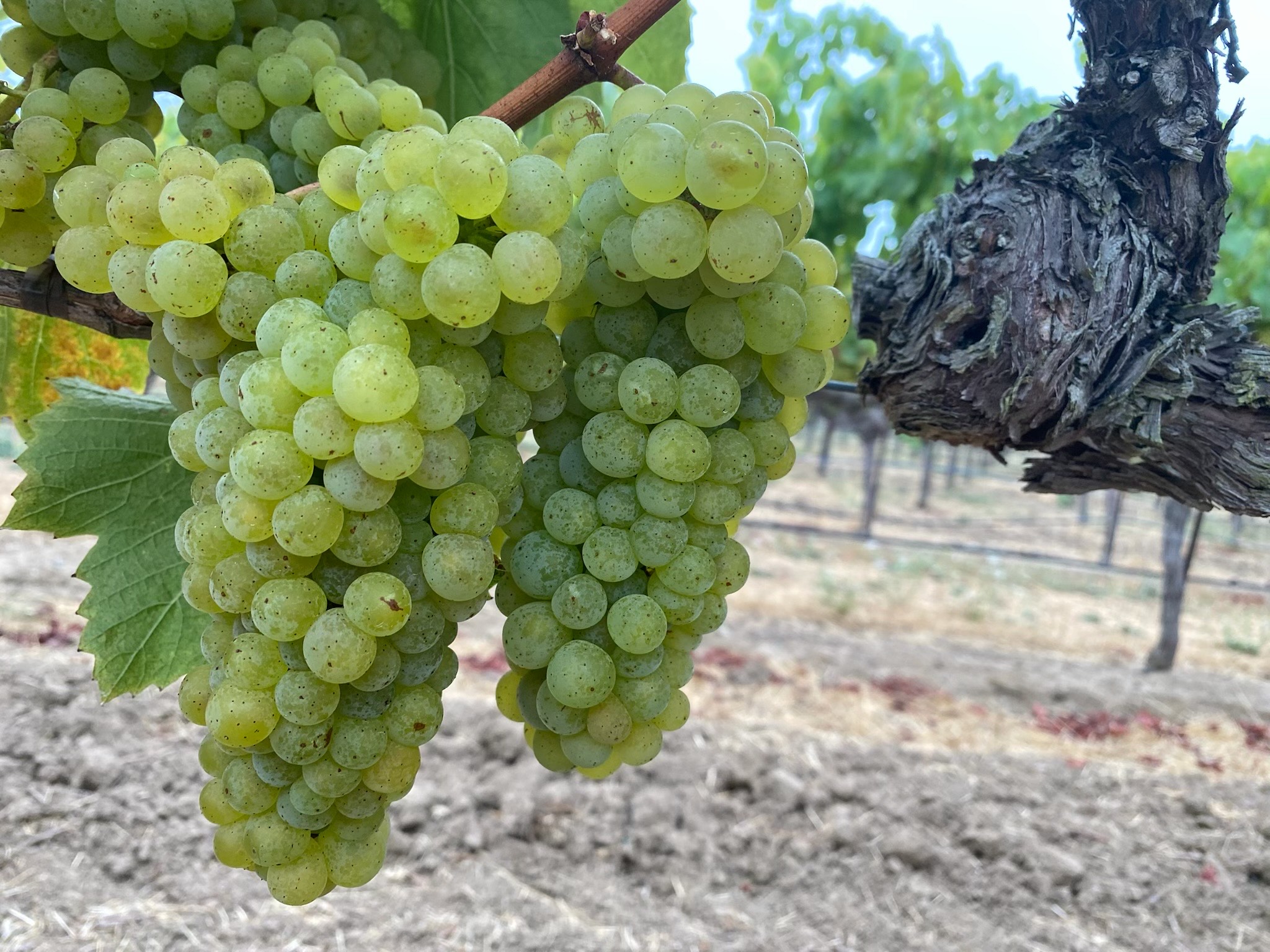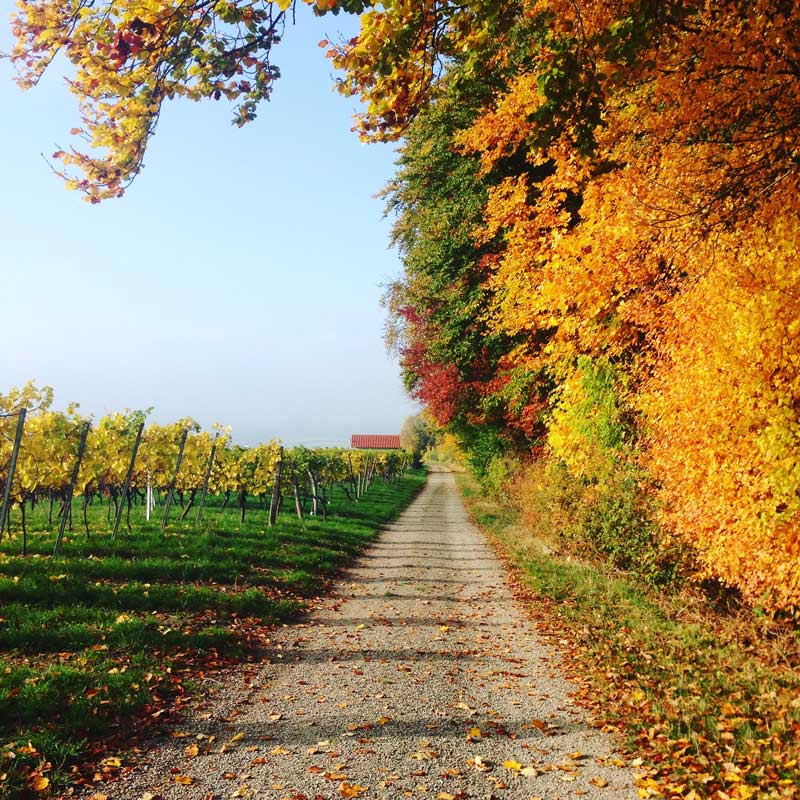“First of all, it’s hard to see how the winery M&A could get much worse”
This statement is somewhat tongue in cheek, but at the same time absolutely true.
With one Napa client postponing the launch of a marketing effort in order to battle it out with their insurance company and begin fire repairs it’s easy to say that this year’s conflagration in the wine country is going to affect the plans of individual winery owners, but what about the M&A market as a whole? From the outside looking in, the very public story of smoke taint and its affect on wine production in Napa in particular (https://tinyurl.com/y3wrv8r8) – would seem on its face to depress interest in winery acquisitions. But as an insider I can say with some confidence that these events will only have modest effects on the M&A market.
First of all, it’s hard to see how the winery M&A market could get much worse. This statement is somewhat tongue in cheek, but at the same time absolutely true. Very few wineries or wine companies are sold each year. In an article I researched and wrote in 2014 (link) I explained why there are on average only 20 transactions a year. For a variety of reasons both 2019 and 2020 have been particularly weak for M&A. (Among those reasons are that two major players – Constellation and Gallo – had their large brand transaction hung up by regulators throughout the period.) Only 13 wineries or brand transactions were announced in 2019 and at this point in 2020 we at GWP count only 13 deals so far[1], including Gaylon Lawrence’s recent purchase of Burgess Cellars just weeks before the fires that razed that winery.
Through the end of this year and beyond, winery M&A is likely to remain “normal”. There are a number of reasons for this:
- On a macro level, with the Federal Reserve pumping liquidity into the economy, rates will remain low and investor sentiment will remain high. Investments in real estate assets will continue to be attractive.
- The consumer continues to buy wine through the pandemic.
- Although there is well-publicized damage to higher end wine volumes for the 2020 vintage, this fire (unlike the 2017 fire) is occurring in a cyclical wine supply surplus.
- The wine M&A market is largely wineries acquiring other wineries, and the most active companies in the acquisition market are large companies who are financially strong and who will continue to pursue the strategies (whether it’s asset-light or real estate centered) that they pursued before this latest year of fires.
- Although the financial repercussions of a skipped vintage are serious, the fact that wineries in the Napa Valley in particular are taking drastic actions to preserve wine quality will protect “brand Napa” in the long term.
So, while the overall winery M&A market will remain stable at +/- 20 deals per year, it’s very likely we will see some changes in the short term. These may include:
- Some types of buyers not already invested in the wine industry or wine country (financial or lifestyle buyers, respectively) may pull back from acquiring wine country properties, however they are a minor factor in wine M&A.
- I have long said (based on historic data) that Napa Valley vineyard and winery values plateau in downturns, they don’t decline. However commercial real estate is at its most fundamental level driven by the income derived from the assets. If wineries and vineyards determine that they will have to factor in some more regular risk of lost vintages, this has the potential to affect property values.
- Interest in risk mitigation through geographic diversification may increase wine companies’ consideration of investments in different states and different appellations.
- No one need be concerned that they are buying “at the top of the market” any longer. This will bring some buyers off the sidelines.
These fires are a trial and a tragedy for our region and wine communities across the globe (let’s not forget that the Australian wine industry experienced a challenge of a similar scale earlier this year during their harvest.) Still, as long as there are consumers wanting to enjoy wines, this industry will continue to thrive and the normal economic cycle of business formation and growth, business failure, and the occasional merger or acquisition, will continue.
[1] GWP keeps notes on announced deals but we don’t catch all of them and some transactions aren’t officially publicized, so there will be a few we missed. In the 2014 Wines and Vines database search we were able to capture a more complete story.






